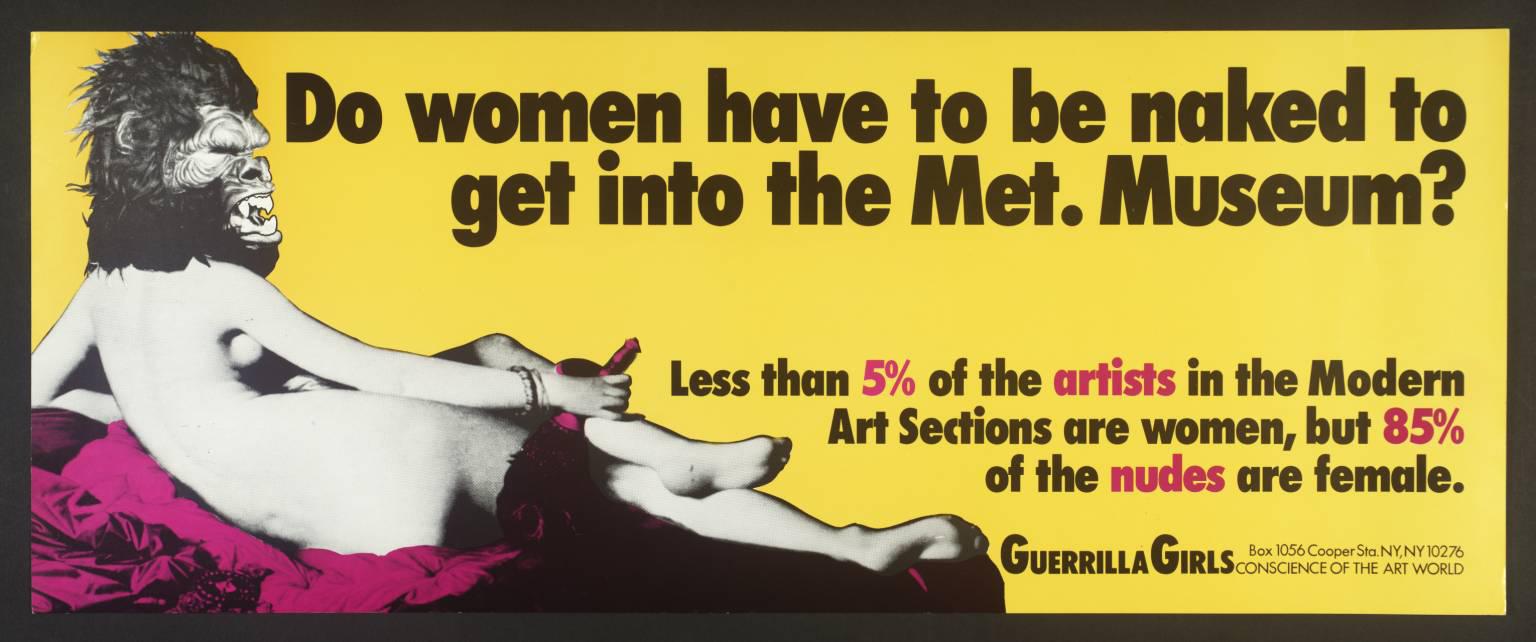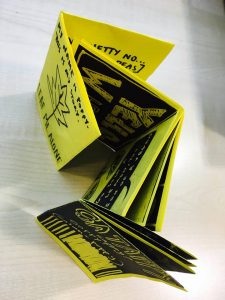The picture shown above is a quick sketch to illustrate my plan of making Hungarian Forints printed over with the face of George Soros taken from the infamous posters made by the Hungarian government to make Soros the boogie man of Hungary.
Continuing my work on the Soros posters made me curious about how further I could develop this project as I could clearly see more potential in this. Keeping the theme of having him present in our every-day life through political propaganda all the time and having him present in any space in Hungary I started to think about where to reuse his “iconic” image. I chose money because it is an object that is similar to advertisements and posters in that it is present in our every-day life. What’s more, we are forced to use money on a daily basis unable to escape it making it similar to the Hungarian government’s aggressive hate campaign in that context.
Having him present on Hungarian currency is especially ironic considering the fact that the government is demonizing him because of his status as an oligarch. By putting his image on Hungarian forints I put him on an imagined pedestal with other Hungarian people such as Count Istvan Széchenyi who has been presented with the title of The biggest Hungarian of all-time for his generous charities to develop and modernize Hungary in the 19’th century.
Despite all the criticism George Soros is the second biggest benefactor of Hungary till today. Next in line right after Count Széchenyi.
REFERENCES
444. (2017). Közleményt adott ki a Fidesz Soros György védelmében! – 444. [online]
Available at: https://444.hu/2016/05/26/kozlemenyt-adott- ki-a- fidesz-soros- gyorgy-
vedelmeben [Accessed 7 Dec. 2017].
Kovács, Z., Woods, J., Kovács, Z., Kovács, Z., Kovács, Z., Györgyi, B., Kovács, Z., Lajtai-
Szabó, G., Erdő-Bonyár, K., Mezei, L., News, D., Béni, A., Mezei, L., News, D., News, D.,
Erdő-Bonyár, K., Kovács, Z., Erdő-Bonyár, K. and News, D. (2017). DK: Orbán, Hungary
have lot to thank to Soros – Update – Daily News Hungary. [online] Daily News Hungary.
Available at: https://dailynewshungary.com/dk-orban- hungary-have- lot-to- thank-to- soros/
[Accessed 7 Dec. 2017].












